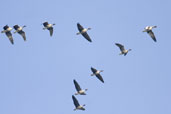
There are three breeding areas in the world for Pink-footed Geese: Greenland, Iceland and Svalbard to the north of Norway. During the winter the populations of Greenland and Iceland migrate to Scotland and Northern England while the population of Svalbard migrates to the Netherlands, Germany and Denmark. See the distribution map at xeno-canto.
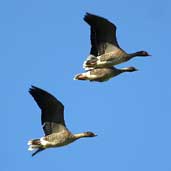
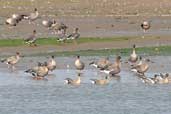
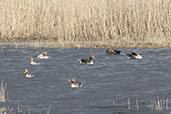
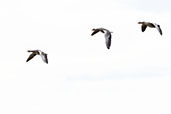
| Previous Page | Back to Index | Next Page |